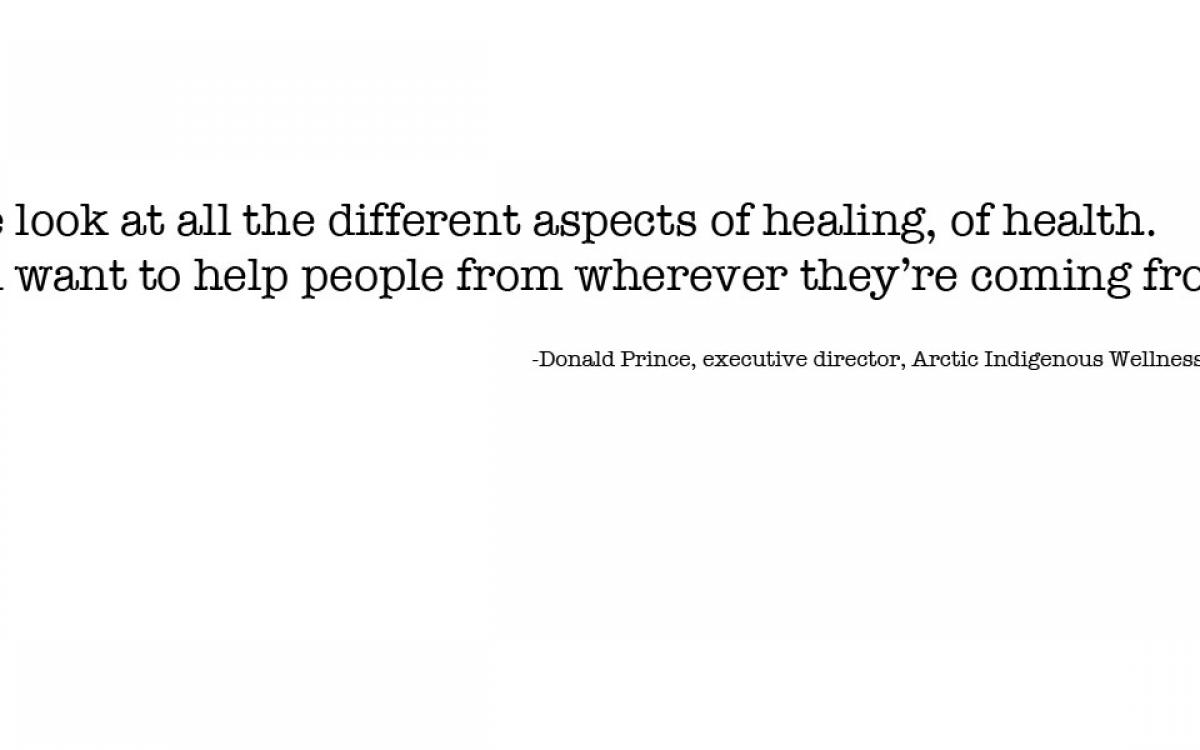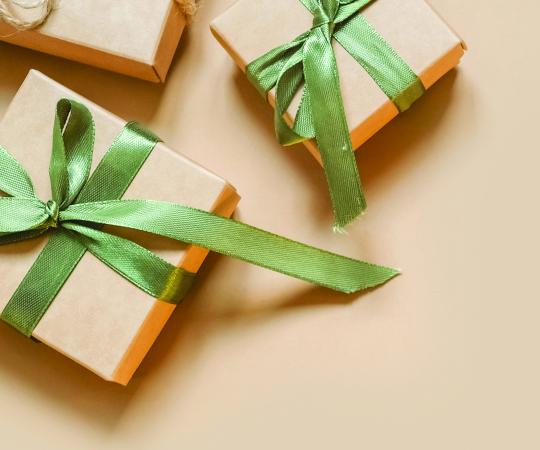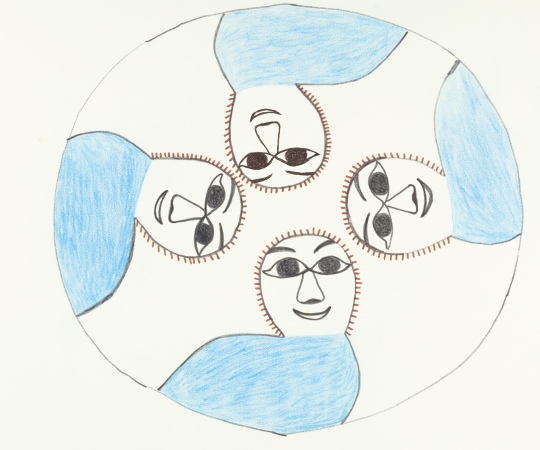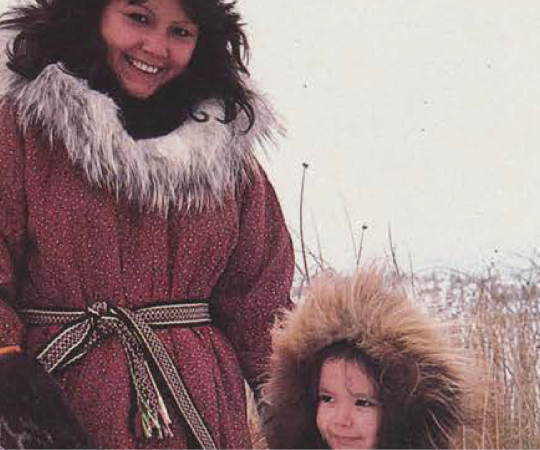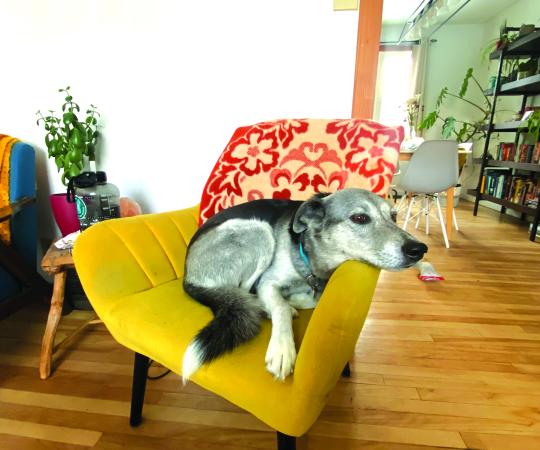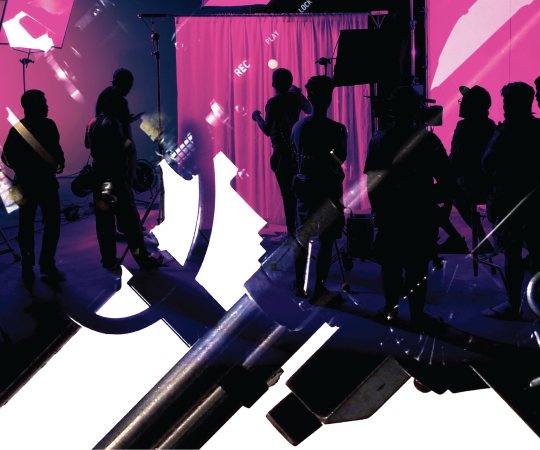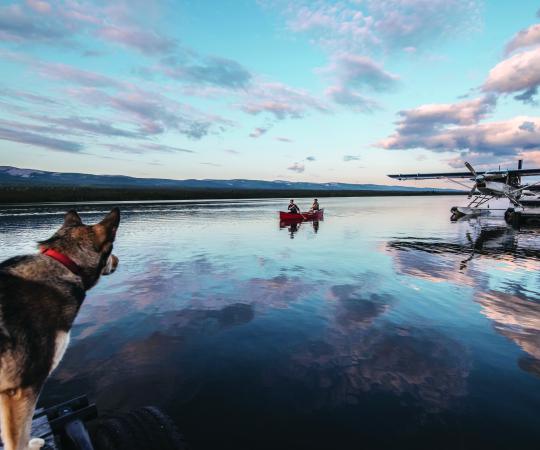In January, the Arctic Inspiration Prize awarded its $1-million top prize to the Arctic Indigenous Wellness Project. In April, the group behind the project began offering on-the-land physical and mental health services in Yellowknife. The money helped them erect a teepee and canvas tents with stoves behind an uptown sports complex to host counsellors, healers and cultural experts for one-on-one and group sessions with at-risk Inuit, Metis and First Nations people, especially the homeless. The group uses “culture as the lens for supportive care,” says Donald Prince, the project’s executive director. That means everything from holding language revitalization workshops and sweat lodge sessions to going out for a cup of tea in the bush to speak with people about issues affecting their health.
In Prince’s experience, people are more likely to open up while cutting wood than they are seated in front of a desk in a doctor’s office. He talks about one man who has come out with him to cut wood who tells him it’s the best he’s felt in years. “And he feels better not only physically but mentally and emotionally. He’s still going to go have a drink tonight, but tomorrow he’s going to come back,” he says. “We look at all the different aspects of healing, of health. You want to help people from wherever they’re coming from.”

Prince knows what he’s talking about. He’s Dene, originally from B.C., and has been on both sides of the conversation. He’s helped develop and run programs that address residential school trauma and addiction and he has worked with elder-counselling programs, men’s violence and suicide prevention programs. He’s also spent time in prison. He went to elders 25 years ago to try to turn his life around.
“One of things they told me is, ‘we don’t want to know what happened—we don’t want to know what you did. We want to know what happened to you.’ And that blew me away, because I’d been to a lot of Western-based counsellors and psychiatrists and psychologists and things like that, and they always wanted to know what a bad guy I was. I was 36 years old the first time somebody asked me, ‘Well, what happened to you?’” he says.
The idea of the wellness project is to take a holistic approach to health. Prince explains this with a story his father once told him about a person who experiences stiffness in their legs. “They say, ‘Okay, well my legs are sore, so therefore I shouldn’t walk around too much. I’m going to sit here.’ They’ll sit there for a while and then their hips start to hurt. And they say, ‘Well geez, better lay down.’ So they lay down and after a while everything else starts to sort of shut down,” he says. “What happens is the person goes from having sore legs and all of a sudden they’re bed-ridden.” Rather than treating one symptom, Prince is interested in working with the whole person—one step at a time.
“My thing is, ‘I don’t need to hear your story. Tell me what’s going on right now. Let’s go from what’s bothering you right now, let’s work on that.’ And then we can dig into the other stuff later on, right? Getting people where they’re at, that’s how we help each other.” And the traditional skills being taught and practised will help people take advantage of new opportunities and training to try to break the cycle of addiction and homelessness. (The City of Yellowknife estimates roughly 1,500 people use emergency shelters or transitional housing facilities each year. And 91 percent of homeless people in the city identify as Indigenous—many suffering from mental health and addiction issues, even more struggling to find employment.)
A council of elders has worked on the Indigenous wellness project for eight years, but the idea has been floating around since the days of the Indian Brotherhood in the 1970s. Nicole Redvers, one of the people behind the project, wonders why it’s taken so long. “We’ve been asking that for years. I mean, our population is over 50 percent Indigenous here in the territory,” she says, adding there was no dedicated Indigenous health and wellness centre before this.
“The political will is not there to make it happen,” says Prince. “Even now there’s still no official commitment by government.” Still, Prince says the goal is to find a way to erect a permanent building on land that’s been set aside for a wellness centre behind Stanton Territorial Hospital in the near future. They’re taking it one step at a time.

